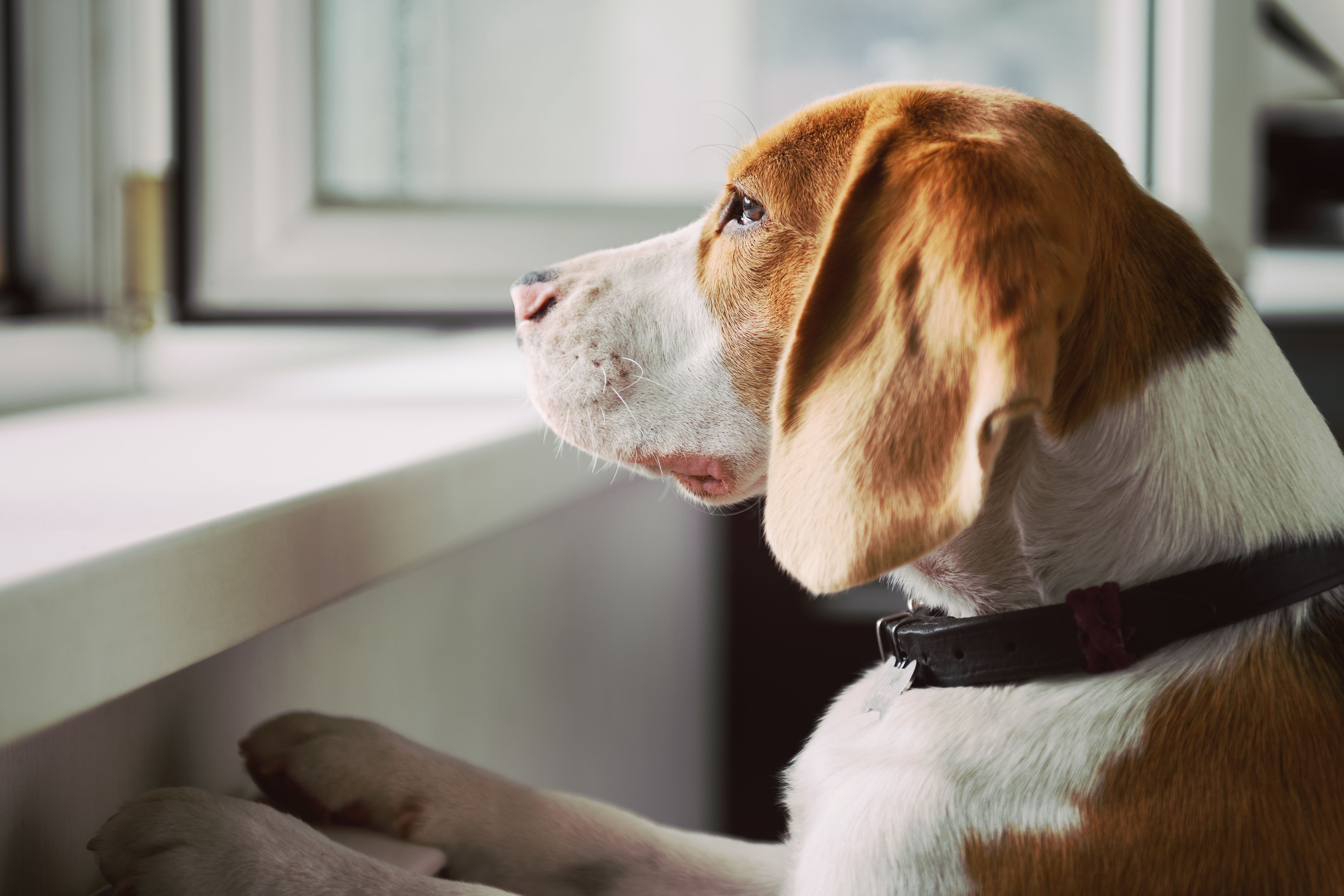Separation anxiety is a well-recognized behavioral disorder in dogs. In her lecture today at the Fetch dvm360 virtual conference, Debra F. Horwitz, DVM, DACVB, owner of Veterinary Behavior Consultations in St. Louis, Missouri, explained that separation anxiety is actually a subset of the diagnostic category “separation distress.” Some practitioners also refer to it as “home alone behavior.”
Causes and hallmarks of separation anxiety
Regardless of what it’s called, separation anxiety is marked by vocalization, destruction, and inappropriate elimination that occur usually within 10 to 20 minutes of the owner’s departure.
The connection between separation anxiety and noise phobias
Dogs with separation anxiety often suffer from other fears and phobias as well, Dr. Horwitz said, most notably thunderstorm and noise sensitivities. Here’s a look at the evidence.
In a study of 215 dogs with diagnosed separation anxiety,1 Storengen and colleagues found that 18.1% had no other reported behavioral problems, while the remaining dogs (81.9 %) had 1 or more additional behavioral problems. Of these, 34% of the dogs were diagnosed with noise phobia and 32% with fear-related aggression.
In a 2016 study,2 noise phobia and separation anxiety occurred simultaneously more often than chance would predict. The investigators also discovered that many dogs with aggression were also anxious and fearful.
A third study3 found that noise phobias may be more common in dogs than previously thought and that almost half of dogs with separation anxiety have this fear. They also found that dogs living in a home with just one adult were more than twice as likely to have separation anxiety than dogs from multiple-owner homes. Additionally, sexually intact dogs were a third as likely than neutered dogs to have separation anxiety.
So, the next time you are evaluating a dog for noise phobia, you might consider asking them to record their dog when it is home alone as a way to assess for separation anxiety as well.
A wide range of situations may result in separation anxiety. Some dogs become distressed only when a certain family member leaves the home, others when they are left alone completely. Some dogs act out regardless of the length of time they are left alone. Contributing factors may include schedule changes or changes in family composition, a fear-inducing event that occurred when the dog was left alone (see sidebar),1-3 and cognitive changes in older dogs.
Identifying problem behaviors may appear tricky at first, Dr. Horwitz said. Commonalities include consistent destructive behavior on most owner departures. “A lot of dogs do re-arranging. That’s a very common beginning,” she explained. “They’ll gather a lot of owner possessions and put them by the exit door.”
Obtaining the evidence
Because the signs of separation anxiety may also occur with other conditions, owners are integral to the diagnostic process by filming the dog while it has been left alone for at least 30 minutes. “Remember, pet owners don’t always know what’s important,” said Dr. Horwitz. “So, they’re going to tell you what appears most important to them, rather than…what you need to know.” For a proper assessment, the length and frequency of the behavior should be provided along with the video evidence.
Dr. Horwitz also recommended that practitioners educate new dog owners by giving them guidance for initial departures. For instance, leaving a food-stuffed toy upon departure, exercising the dog before departure, or teaching the dog to rest on a mat, bed, or rug a short distance from them (or in a separate room) may help relieve anxiety when the owner leaves the home.
References
- Storengen LM, Boge SCK, Strøm SJ, et al. A descriptive study of 215 dogs diagnosed with separation anxiety. Appl Anim Behav Sci. 2014;159. doi:10.1016/j.applanim.2014.07.006.
- Ogata N. Separation anxiety in dogs: What progress has been made in our understanding of the most common behavioral problems in dogs? J Vet Behav Clin App Res. 2016;16: 28-35. doi:10.1016/j.jveb.2016.02.005.
- Flannigan G, Dodman NH. Risk factors and behaviors associated with separation anxiety in dogs. J Am Vet Med Assoc. 2001;219(4):460-466. doi:10.2460/javma.2001.219.460
